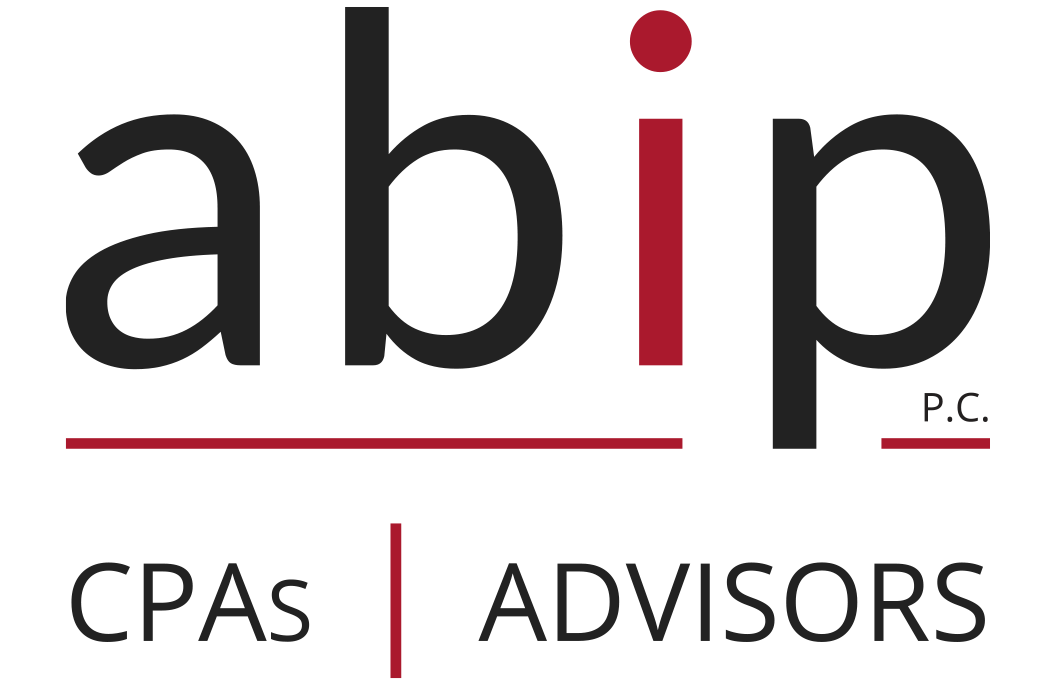[vc_row][vc_column][vc_column_text]
Protecting Business Taxpayers From Identity Theft
Starting December 13, 2020, the IRS began masking sensitive data on business tax transcripts. Previously, only sensitive data on individual tax transcripts was masked.
Here’s what you need to know about this new initiative to protect business taxpayers from identity theft:
What is a tax transcript?
A tax transcript is a summary of a tax return and is often used by tax professionals to prepare prior year tax returns or when representing a client before the IRS. Lenders and others use tax transcripts for income verification purposes.
What is visible on the new tax transcript?
- Last four digits of any Employer Identification Number listed on the transcript: XX-XXX1234
- Last four digits of any Social Security number or Individual Tax Identification Number listed on the transcript: XXX-XX-1234
- Last four digits of any account or telephone number
- First four characters of the first, and last name for any individual (first three characters if the name has only four letters)
- First four characters of any name on the business name line
- First six characters of the street address, including spaces
- All money amounts, including wage and income, balance due, interest and penalties
Customer File Number
For both the individual and business tax transcript, there is space for a Customer File Number. The Customer File Number is an optional 10-digit number that can be created usually by third parties that allow them to match a transcript to a taxpayer. The Customer File Number field will appear on the transcript when that number is entered on Line 5 of Form 4506-T, Request for Transcript of Tax Return, and Form 4506T-EZ.
What happens when a taxpayer seeks to verify income for a lender?
- The lender will assign a 10-digit number, for example, a loan number, to Form 4506-T. The Form 4506-T may be signed and submitted by the taxpayer or signed by the taxpayer and submitted by the lender.
- The Customer File Number assigned by the requestor on Form 4506-T will populate on the transcript. The requestor may assign any number except the taxpayer’s Social Security number or Employer Identification Number.
- Once received by the requester, the transcript’s Customer File Number serves as the tracking number to match it to the taxpayer.
If you have any questions or need more information about this topic, please contact the office.[/vc_column_text][/vc_column][/vc_row]






